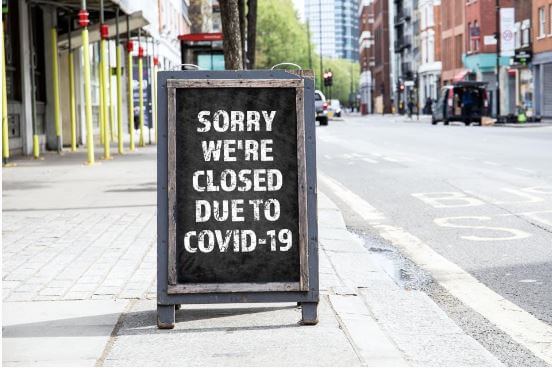What every employer should know about COVID
December saw many businesses affected by COVID. Staff absences, bookings cancelled and back to home working for those that had fought hard to bring their staff back to the workplace. Once again, businesses have had to be resilient. So what are the key things you need to know?

COVID Risk Assessments
Just one person bringing COVID into the business can have a huge effect. Several of my clients have had clusters of cases.
Look again at your risk assessment. Is there anything you can do to give your business the best chance? For instance:
- Minimise numbers.
- Social distancing.
- Staggering start/finish and break times.
- Face coverings.
- Cleaning regimes.
- Better hand washing facilities.
- Work bubbles.
- Lateral flow testing.
- Stopping people coming to work with symptoms.
What will help minimise the effect of COVID, if you have an outbreak?
What are the symptoms of COVID?
The main symptoms of COVID are:
- a new continuous cough
- a high temperature
- a loss or change in sense of taste and/or smell
However, Omicron can also involve:
- runny nose
- headache
- fatigue
- sore throat
All symptoms we could mistake for a common cold. However, rather than a take a chance, employees should take regular lateral flow tests. If they have symptoms, they should take a test before coming into the workplace.
When must employees self-isolate?
Anyone who has a positive COVID test must self-isolate for at least 7 full days*. That’s 7 days* after:
- the onset of symptoms
- the date of the test, if they have no symptoms
- if they then develop symptoms, 7 days* from when symptoms start
*Self-isolation can end after day 7, provided that:
- Starting from day 6 of self-isolation
- The individual has taken 2 lateral flow tests
- At least 24 hours apart
- The results of which are both negative
If your employee does not meet these conditions, they must continue to isolate.
Until they reach 10 days since they were first required to isolate, they are advised to continue to:
- Work from home if possible
- Avoid crowded or poorly ventilated areas
- Avoid contact with vulnerable people
Other self-isolation requirements
Employees may also be required to self-isolate if:
- Someone they live with or have been in close contact with has COVID
- They have been contacted by NHS Test and Trace
In these circumstances, they will be required to isolate for 10 days, unless one of the following applies:
- they were fully vaccinated at least 14 days before
- are under 18 years and 6 months old
- have been taking part in a COVID-19 trial
- cannot be vaccinated for medical reasons
If your employee has to self-isolate, they should give you an isolation note.
What should I pay them?
Your employee will be entitled to any Company sick pay you would normally pay.
SSP is payable from day one, if they are off ill due to COVID or self isolation. Normal SSP rules apply for any other sickness absences. Small businesses can currently reclaim up to 2 weeks’ Statutory Sick Pay for COVID absences.
Please note, if your employees are fit and able to work but you cannot provide work, you must pay them their normal pay. Therefore, if you have a COVID outbreak and have to shut the business down for a period, those that are not self-isolating must be paid in full.
If you have any further questions about COVID, please contact me.
Categories Health and Safety, Sickness, Uncategorized